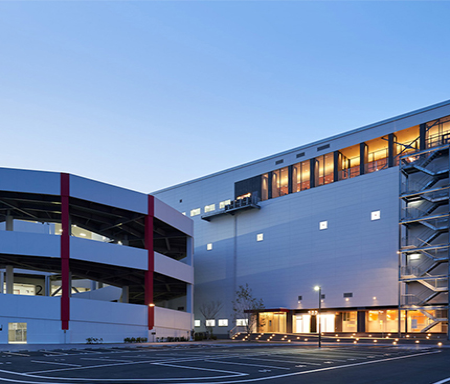
Looking through the market mayhem
Chinese developer Evergrande is crumbling slowly under the weight of its liabilities, all $305 billion of them. It has been selling some of its many subsidiaries, including a home furnishings joint venture, but is still behind on interest payments.
Chinese developer Evergrande is crumbling slowly under the weight of its liabilities, all $305 billion of them. It has been selling some of its many subsidiaries, including a home furnishings joint venture, but is still behind on interest payments. We are a long way off clarity on how Evergrande’s troubles will be resolved, but it appears the Chinese authorities will prioritise the interests of home buyers rather than overseas investors in the developer’s bonds.
Evergrande is making the headlines, but its situation is not unique. Nearly half the top 30 China developers were in breach of at least one the “three red lines”, which restrict the debt developers can run up, in June of this year. There has been no indication that recent market upheaval will lead Beijing to easing these rules, which fits with the government’s stabilisation policies and its oft-stated desire to remove speculation from the housing market.
However, some analysts believe there will be easing measures in the near future. This has certainly been the case in the past, as the Chinese government taps either the accelerator or the brake in its attempts to keep the economy at a steady speed. While the average speed might be comfortable, this driving style is likely to bring on more motion sickness.
The big question for the region is the effect of China developers’ troubles on stock markets in Asia and worldwide, and the effect on real estate. More broadly, as economies emerge from their pandemic hibernation, we are also seeing a lot of inflationary pressure, which is worrying markets a long way from China. Public markets have been volatile, but what about private real estate?
Real Capital Analytics data suggest the recovery in property transactions is faltering across the world. Asia Pacific was the first region to see deal-making recover to pre-COVID levels, but that has since levelled off and very recently transaction volumes have fallen below 2019 levels. This suggests what is happening in China is already causing real estate investors to be more cautious and may mean a more subdued final quarter to the year.
Concerns around inflation and indebtedness are likely to mean a somewhat subdued end to the year, but there is still a lot of dry powder for Asian real estate, looking for opportunities in China and elsewhere. With widespread banking sector caution, there will be opportunities for private real estate debt strategies, which have gained more investor support in recent years. Meanwhile, real estate’s illiquidity protects it from the more violent moves in public markets and the mechanism of rent reviews and moving tenants insulates the sector from inflation.
Furthermore, there is good news on the horizon. A number of Asian economies, led by Singapore, have declared firm plans for emerging from COVID. Singapore is now the most vaccinated nation and South Korea, Japan and Malaysia have around two-thirds of the population fully vaccinated. Australia’s vaccination programme has come from nowhere to the point that the government is talking about opening up from next month. With this easing of rules, business travel, so important for cross-border property deals, will restart and consumer confidence will increase.
Most importantly, a return to more normal levels of activity means a return to looking at the fundamental drivers of real estate in this region, rather than focusing on disease and debt. Asia remains the world’s growth engine, powered by urbanisation and a rising middle class. Hopefully, in 2022, there will be less upheaval disguising these positives.
Further reading:
Savills Hong Kong research
Contact Us:
Simon Smith



